Leather grain - Grain side
Contents
- 1 Top grain leather - Hair side
- 2 Influencing the grain in the tannery
- 3 Types of graining: fine pore leather - coarse pore leather - fine grain leather - coarse grain leather
- 4 Graining of different animals
- 5 Embossed leather
- 6 Compressing and stretching leather grain
- 7 Coated leather
- 8 Video about laminated split leather (PU split leather)
- 9 Additional information
Top grain leather - Hair side
The grain side refers to the smooth, textured grained surface of leather that faces the hair side (or the outer side if there is no hair present).
Each type of leather has a unique and distinctive grain pattern. The grain and hair pore structure are important features that individually influence the appearance of the leather. Factors such as the animal species, the animal's upbringing, age, and gender can affect the grain pattern (wrinkles, scars, overall skin texture). Similar to human fingerprints, even animals of the same species and quality have different and unique grain patterns.
Grain structure and hair pores on cowhide.
In addition to the natural grain structure, embossing also influences the grain and pore structure of the leather. Embossing is a process where a pattern is pressed onto the leather surface to achieve a specific look. Even split leather can be coated in a way that gives it the appearance of top grain leather.
The influence of embossing on the grain of leather.
Influencing the grain in the tannery
In the processed leather, when the leather shows the natural grain, you can see the structure of the grain of the animal skin. The intensity of the grain is strongly influenced by the tanning process. If a strong grain is desired, the tanner will ensure that the grain will result as strong as possible by all relevant work steps of leather production. This can be caused by shrinking the skin, but also by tumbling or boarding. If the grain is to be as flat as possible, this can be achieved by stretching, ironing or vacuum drying. The tanner thus has a strong influence on the final grain pattern and its characteristics.
Many work steps in the production of leather in the tannery influence the grain of the animal skin.
Types of graining: fine pore leather - coarse pore leather - fine grain leather - coarse grain leather
The original grain pattern already differs on the same animal skin surface. In the middle of a skin, the leather is mostly fine-pored, and towards the edge it becomes more coarse-pored. The appearance of an even skin structure is often disrupted by deeper natural wrinkles.
On same skin: fine pored -> transition -> coarse pored.
The main grain is partially traversed by deeper natural folds.
When cutting, care must be taken that the grain pattern is chosen as symmetrically as possible.
Graining of different animals
Natural grain pattern: Sturgeon leather - Elephant leather - Crocodile leather
Natural grain pattern: Pig leather - Stingray leather - Ostrich leather
Natural grain pattern: Eel leather - Aga-toad - Atlantic stingray leather
Natural grain pattern: Boa constrictor - Shark leather - Chicken legs leather
Natural grain pattern: Kangaroo leather - Carp leather - Salmon leather
Natural grain pattern: Hippo Leather - Moray eel leather - Python leather
Natural grain pattern: Yak leather- Ostrich leather - Sealskin leather
Embossed leather
Grain side, but with embossing: furniture leather with distinctive pattern embossing. - Car leather (cow) with embossing of pig leather. - Crocodile embossing on cow leather.
Compressing and stretching leather grain
Sometimes the grain in the finished leather has become smoother due to tensile and compressive pressure in daily use. For smaller surfaces and areas, you can try to strengthen the grain by compressing it. The effect is not as lasting as with an embossing, but sometimes it is sufficient. Important! Do not stretch the leather again afterwards, otherwise the effect will be gone again immediately.
A leather grain can be locally reinforced by compressing.
There is also the opposite situation, that a grain is too strong and should be smoothed. In local areas, the leather surface can be pulled and stretched. As a result, the grain structure flattens out.
A leather grain can be smoothed locally by pulling and stretching.
Coated leather
Only at the first glance Top grain leather: Foil-coated split leather. - Inexpensive, inferior, coated split leather.
Video about laminated split leather (PU split leather)
Video about the manufacturing of laminated split leather.
Additional information
- Flesh side
- Top grain leather
- Full grain leather
- Natural leather grain
- Embossed leather
- Corrected Grain
- Fine pore leather - Coarse pore leather - Fine grain leather - Coarse grain leather







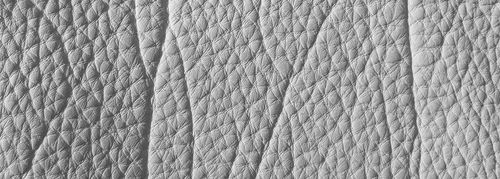
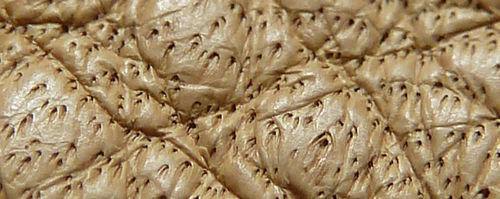
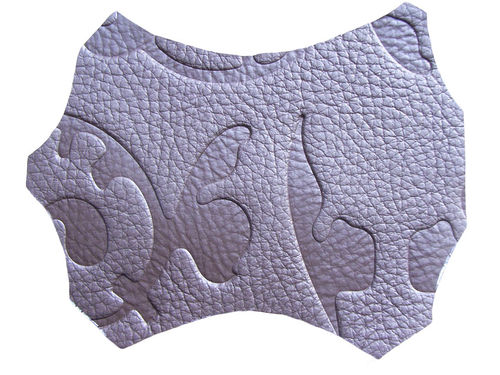
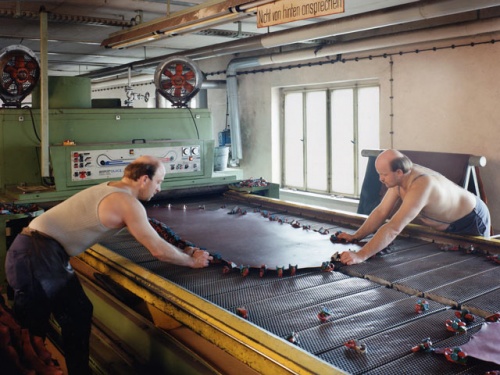
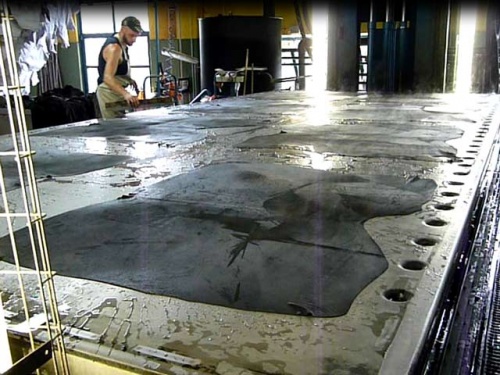
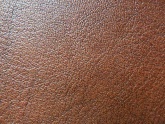
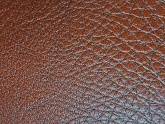
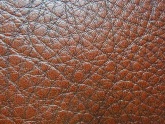
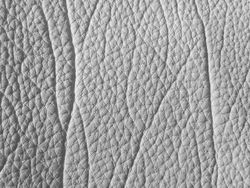
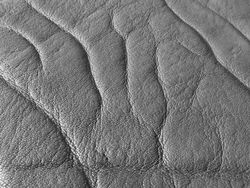
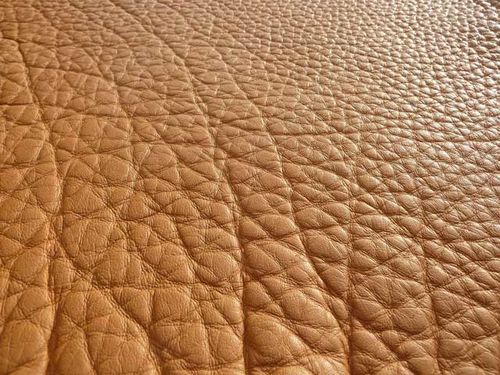

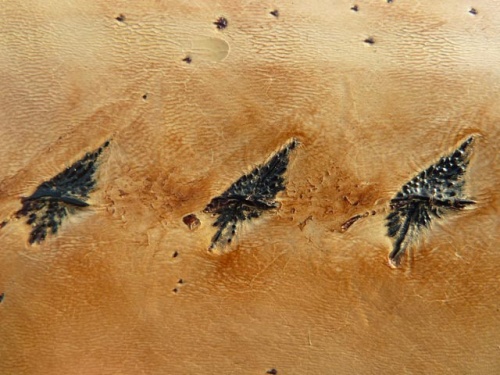
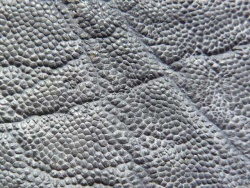
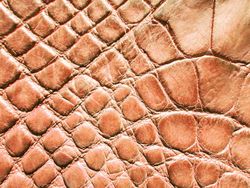
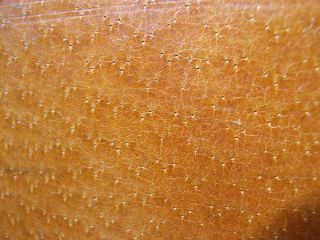
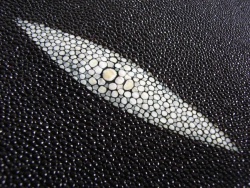
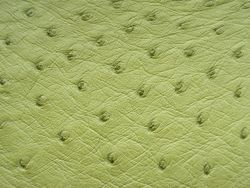
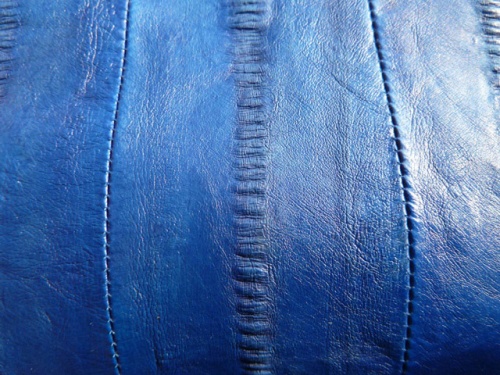
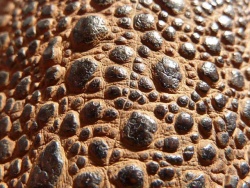
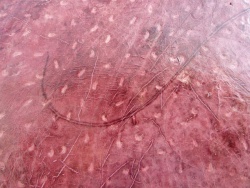
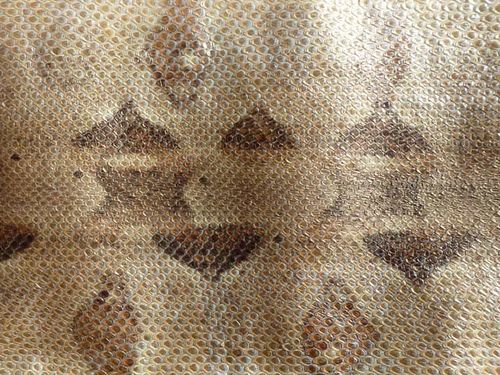
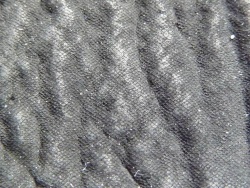
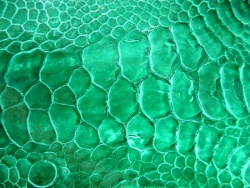
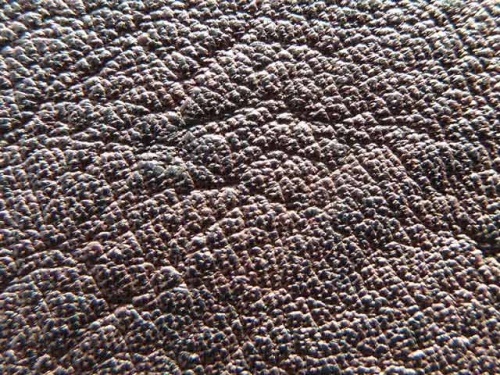
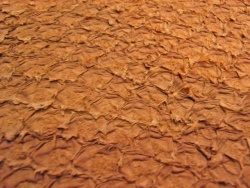
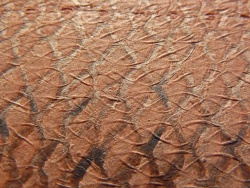
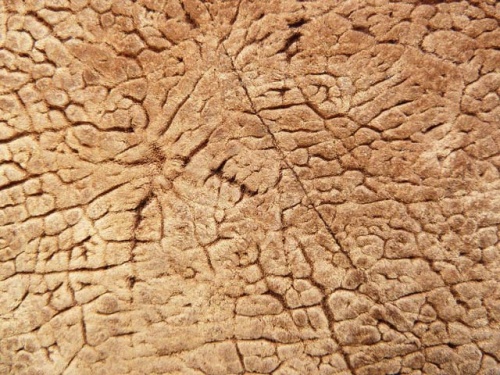
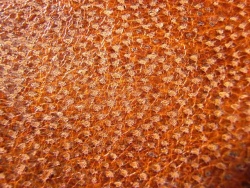
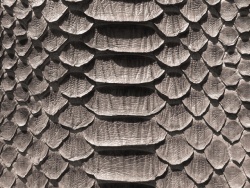
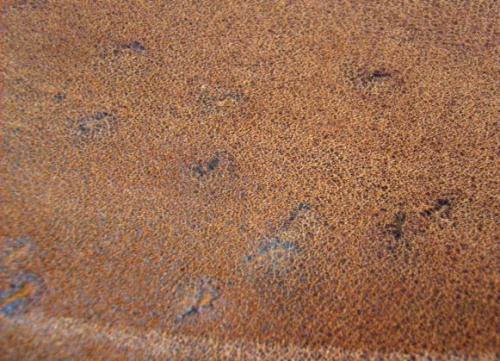
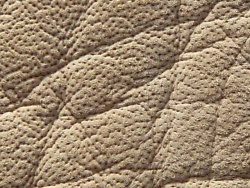
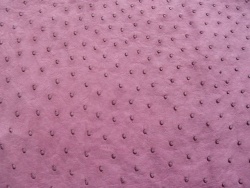
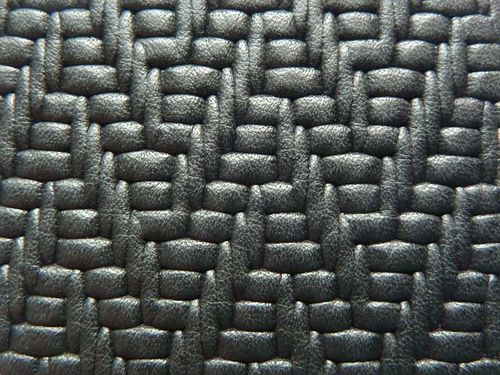
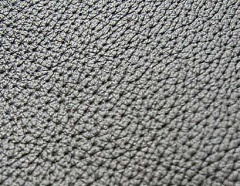
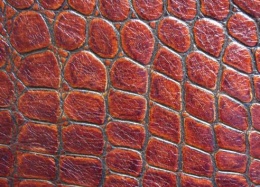
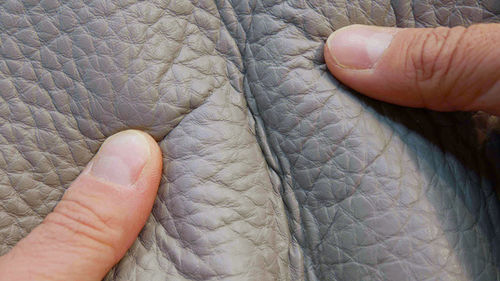
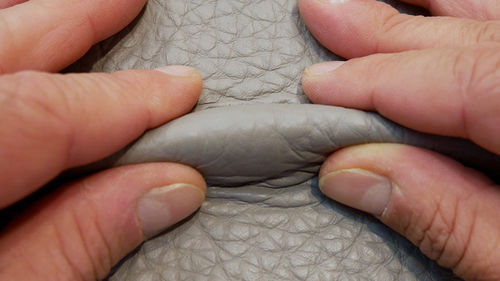
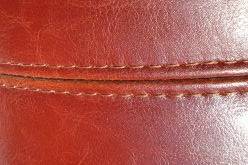
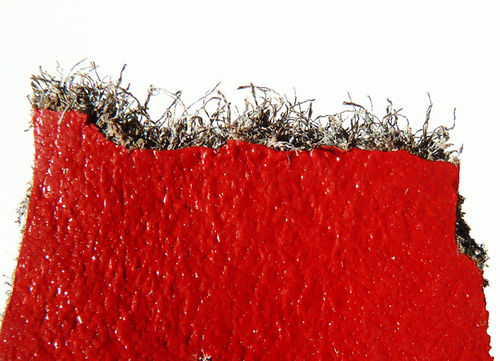

 a kotori web solution
a kotori web solution